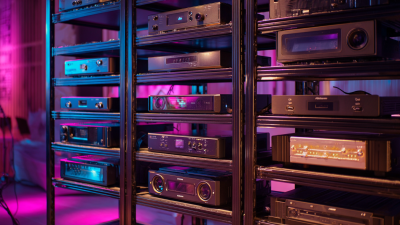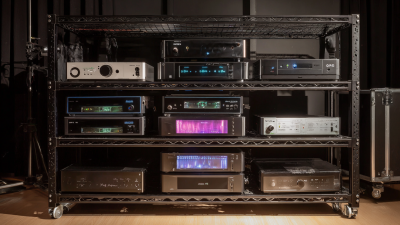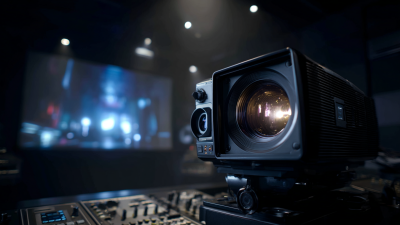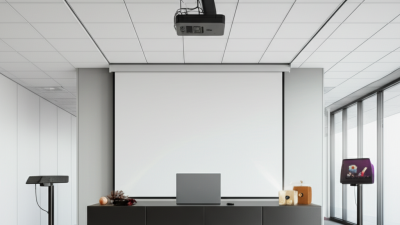Creating a home theater setup can be an exciting yet overwhelming journey, especially when it comes to selecting the right equipment that suits your specific needs. One of the most crucial components to consider is the projector, as it serves as the centerpiece of your viewing experience. This is where "Projector Steady" comes into play. Choosing a reliable and steady projector not only enhances the visual quality but also ensures seamless and enjoyable movie nights. In this guide, we will explore key factors to consider when selecting the ideal projector for your home theater. From understanding different projector types to evaluating brightness and resolution, we’ll help you navigate the myriad of options available so that you can make an informed decision that enhances your entertainment experience. Let’s delve into the essential aspects of choosing the right Projector Steady for your cinematic adventures at home.
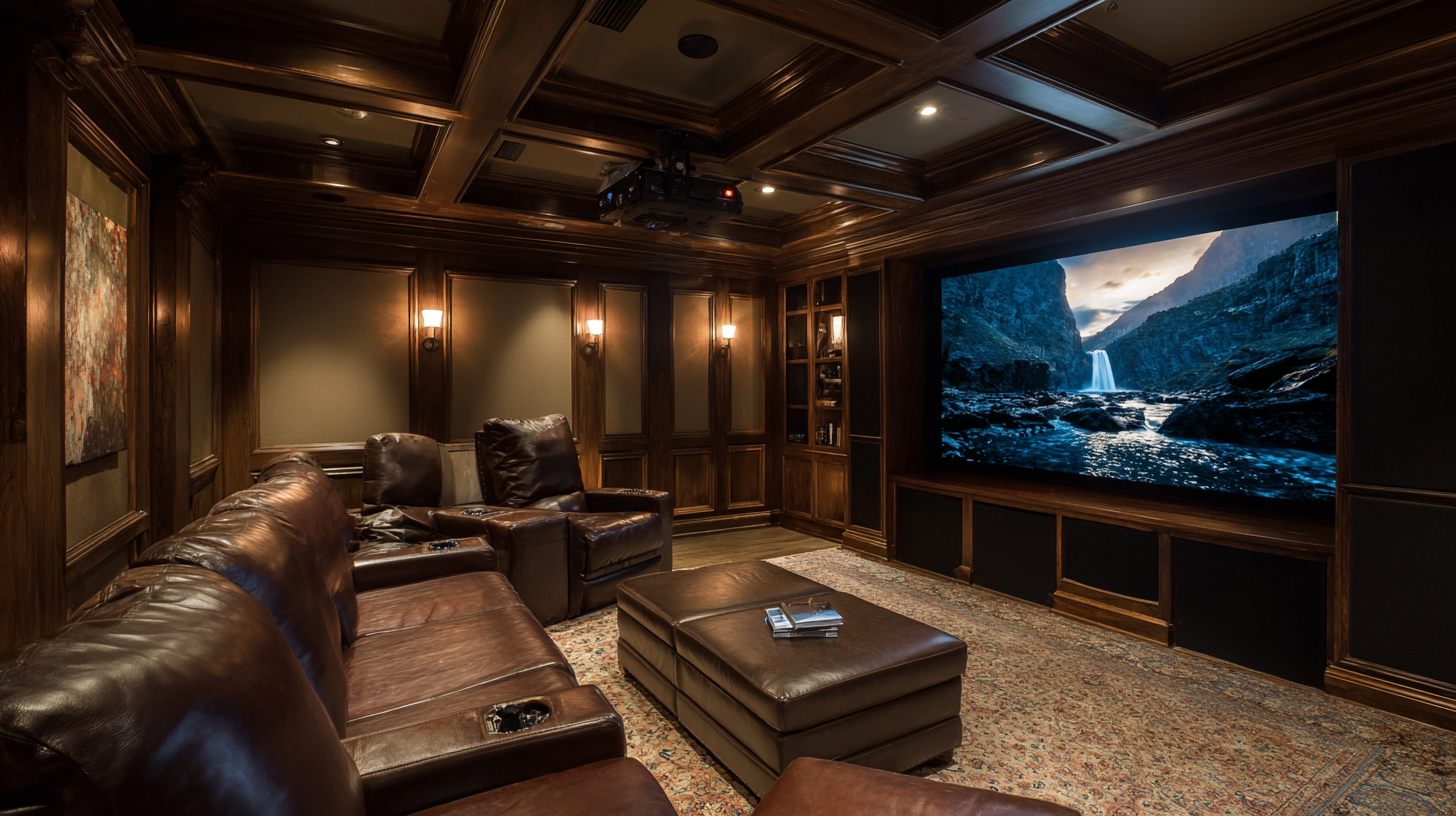
When configuring a home theater, understanding your specific needs and spatial limitations is crucial in selecting the right projector. Begin by considering the dimensions of your room—this includes not only the width and length but also the height of the space. A smaller room may require a short-throw projector, which can project a large image from a closer distance, avoiding the need for extensive setup and installation. In contrast, a larger space will benefit from long-throw projectors, which can create an expansive viewing experience from farther away.
Additionally, evaluating seating arrangements and screen size is essential. The ideal viewing distance is typically 1.5 to 2.5 times the diagonal of the screen. This means that if you have limited seating distance, you should opt for a projector that can provide a clear, high-quality image while keeping the screen size manageable. Consider the ambient light in your home theater as well; darker rooms allow for brighter projectors, whereas well-lit areas might require projectors with higher lumens to combat glare and ensure a vibrant display. By assessing these factors, you will be better equipped to choose a projector that perfectly fits your home theater setup.
| Feature | Description | Importance |
|---|---|---|
| Resolution | Determines image clarity; Full HD (1080p) or 4K recommended for detailed visuals. | High |
| Brightness (Lumens) | Affects visibility in various lighting conditions; 1500 - 3000 lumens recommended for home use. | Medium |
| Throw Distance | Distance between projector and screen; Short throw for smaller spaces, long throw for larger rooms. | High |
| Contrast Ratio | Difference between the darkest and brightest parts; Higher ratio offers better image depth. | Medium |
| Portability | Ease of movement; important if you plan to relocate your setup. | Low |
| Screen Size Compatibility | Must match your designated viewing area; consider both aspect ratio and diagonal size. | High |
| Connectivity Options | Includes HDMI, USB, and wireless options; flexibility for different devices. | Medium |
| Audio System | Built-in speakers vs external system; generally better sound with external setups. | Medium |
When selecting the right projector for your home theater setup, understanding the different types of projectors available is crucial. There are primarily three categories: LCD, DLP, and LCoS. According to a report by the Consumer Technology Association, DLP projectors dominate the market due to their superior color accuracy and sharp image quality, making them popular for home use, especially in light-controlled environments. The report highlights that about 45% of home theater enthusiasts prefer DLP projectors over other types because of their compact size and better contrast ratios.
On the other hand, LCD projectors are renowned for their vibrant colors and affordability. They are often recommended for users who prioritize brightness and a more cost-effective solution. A recent market analysis indicates that LCD projectors account for about 35% of the home projector market, appealing to families and casual viewers. LCoS projectors, while less common, offer stunning picture quality and color depth but come with a higher price tag, making them ideal for serious cinephiles. Understanding these distinctions allows potential buyers to evaluate their specific needs and make informed decisions suitable for their home environment.
When choosing the right projector for your home theater setup, it's crucial to consider several key specifications to enhance your viewing experience. Factors like brightness, resolution, and cooling technology are essential in ensuring optimal performance. For instance, many projectors now boast high brightness levels, such as 3600 CVIA lumens, allowing for clear images even in well-lit environments. This is vital for avoiding visual discomfort and fatigue, which can be exacerbated by lower-quality projectors.
Tips: Look for projectors that support advanced technologies like HDR10 and Dolby Vision, as these features significantly enhance color accuracy and contrast. Furthermore, consider models equipped with efficient cooling systems, which help maintain consistent performance over longer viewing sessions.
In 2025, the demand for affordable 4K projectors is on the rise, with many options now available for under $1,000. This price point allows for a home theater experience that was once only available at much higher costs. With advancements in projector technology, you can easily transform your living space into a cinematic wonder, making it essential to stay informed about the latest models and their specifications.
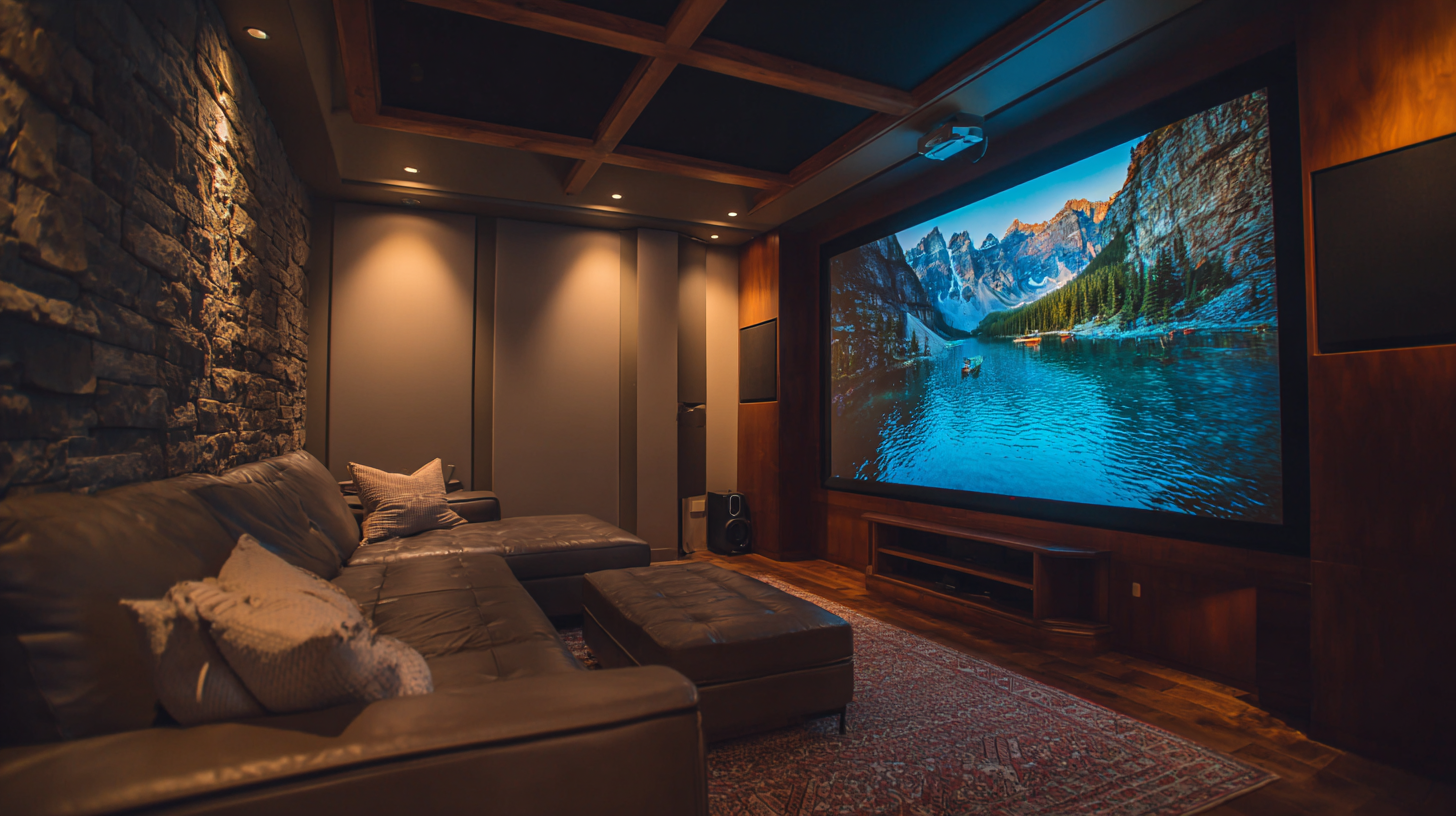
When selecting a projector for your home theater setup, understanding the differences between budget and high-end options is crucial. According to a recent report by the Consumer Electronics Association, the average price of a quality home theater projector ranges from $500 to $3,000. Budget projectors often offer lower lumens, typically around 1,500-3,000, which may suffice for darker environments but fall short in well-lit spaces. These projectors are suitable for casual viewing but might not deliver the immersive experience that cinephiles seek.
On the other hand, high-end projectors, priced at $2,500 and above, typically boast superior brightness levels ranging from 2,500 to 4,000 lumens, and advanced features such as 4K resolution and HDR support. According to a study by DisplayMate, high-end models provide a color accuracy of over 95%, enhancing the viewing experience with richer visuals. While budget projectors might be appealing for their cost-effectiveness, investing in a higher-end model can significantly elevate the quality of your home theater, making it a worthy consideration for serious movie enthusiasts.
When installing your chosen projector for a home theater setup, precise attention to detail is critical. According to a recent industry report from the Consumer Technology Association (CTA), 75% of home theater enthusiasts agree that projector placement heavily influences overall viewing experience. The optimal throwing distance, often outlined in the projector's specifications, should be considered to prevent keystone distortion and maintain image quality. For instance, mounting the projector at a distance between 1.5 to 2.5 times the screen width is generally recommended for achieving the best results.
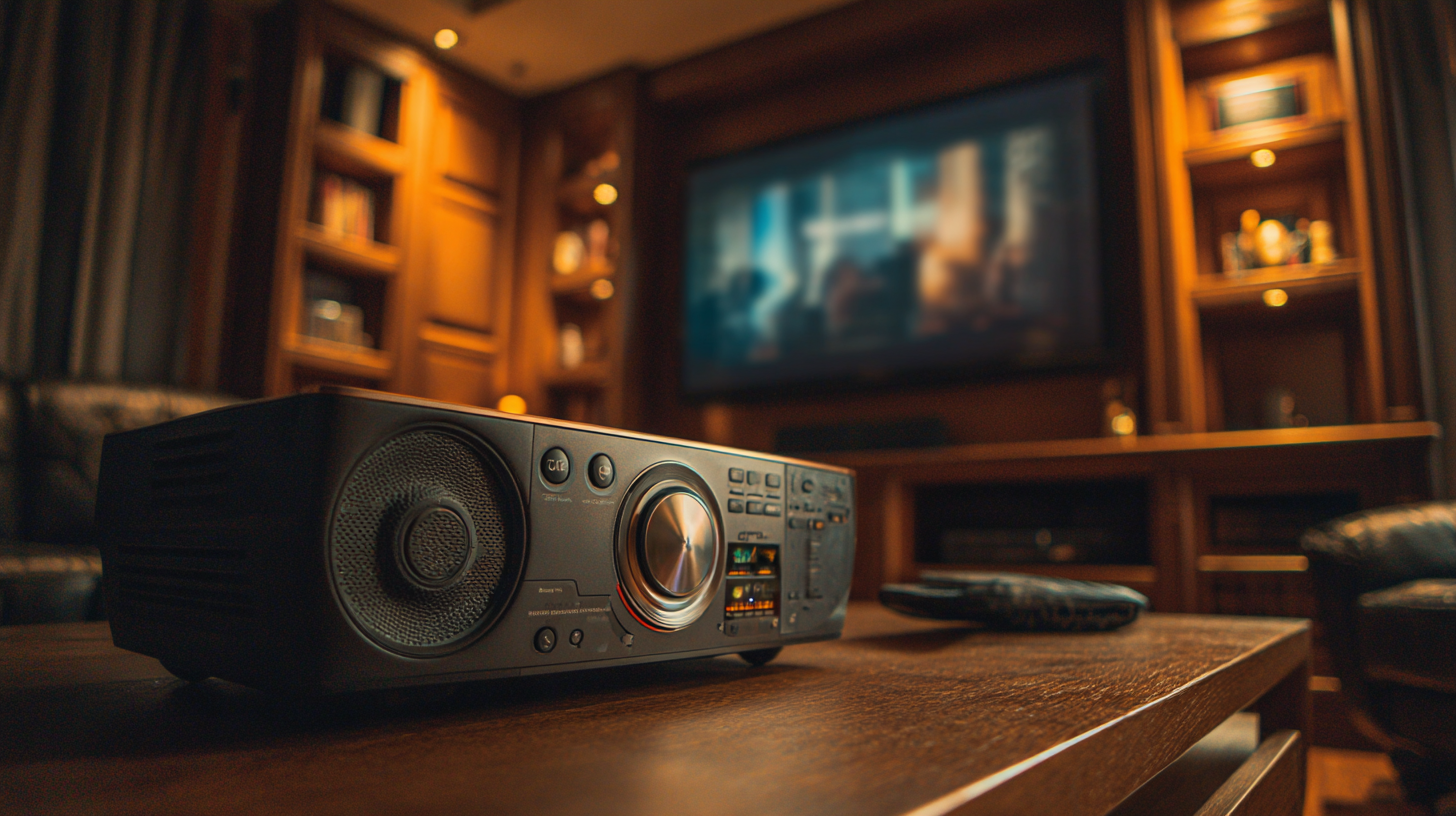
Additionally, when it comes to setup, ambient light control can significantly affect the performance of your projector. A study by the International Imaging Industry Association (I3A) highlights that projectors perform best in environments with controlled lighting, indicating that a darker room can enhance contrast ratios by up to 50%. For those looking to install their projector, using blackout curtains and strategically placing light sources can help mitigate unwanted reflections and maximize your cinematic experience. Consider investing in a calibrated screen to further improve picture clarity and color accuracy, which can elevate your home theater experience to professional-level standards.
